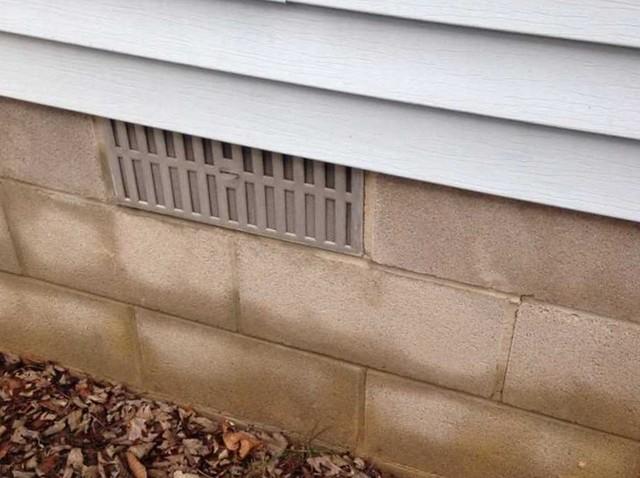
Open or unsealed vents or access doors
If your crawl space has open or even unsealed vents of access doors, you're letting the outside environment, whether cold air in the winter or hot, humid air in the summer affect not just the crawl space, but your entire home.
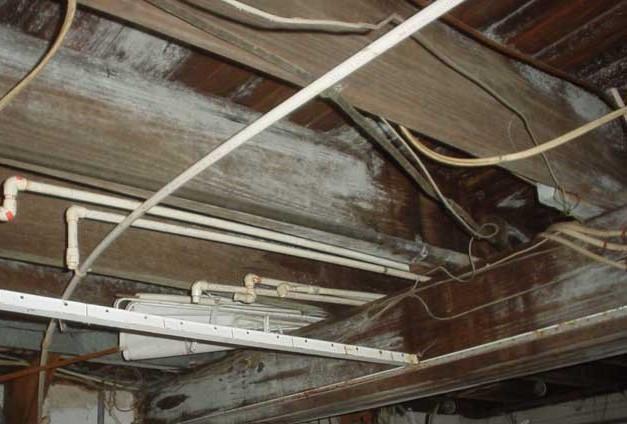
Mould and mildew
Mould and mildew are symptoms of a humid environment, and these allergens are not just limited to your crawl space! Through what is known as the "Stack Effect" this undesirable and unhealthy air makes its way throughout your entire living space!
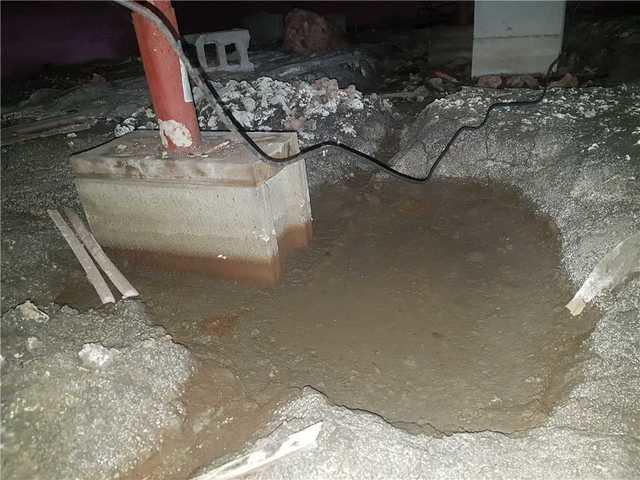
Standing water
Standing water is a SURE SIGN of poor drainage and an unhealthy, wet environment.
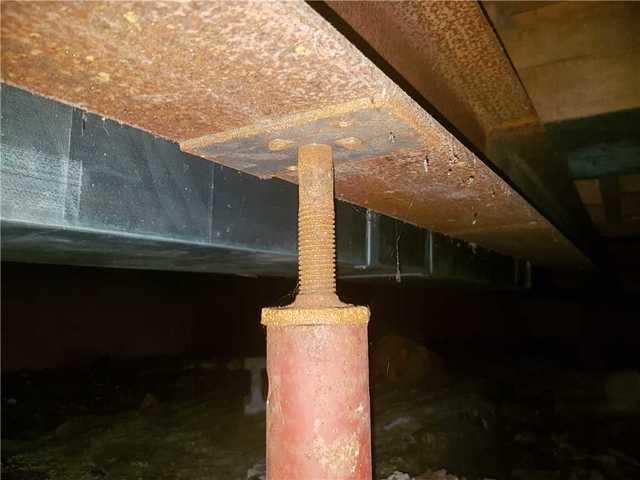
Rust or rot
Rotten wood beams or rusted support beams, columns or mechanical components in a crawl space are another sign of excessive moisture or humidity. This excessively damp environment if left unchecked could result in structural problems or mechanical failure.
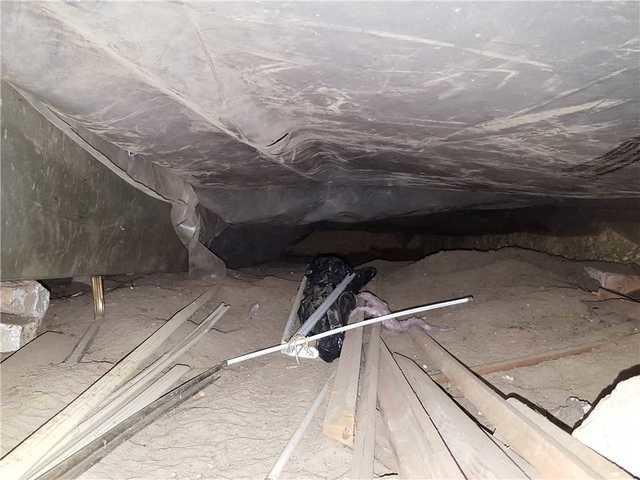
Vapour barrier on the floor joists
In an effort to combat cold floors, some homeowners install a vapour barrier on the floor joists (the ceiling in the crawl space). This traps the air in the area which is prone to condensation (heating and cooling vents, water pipes, etc.). Doing so accelerates mould and mildew growth and rots wood.
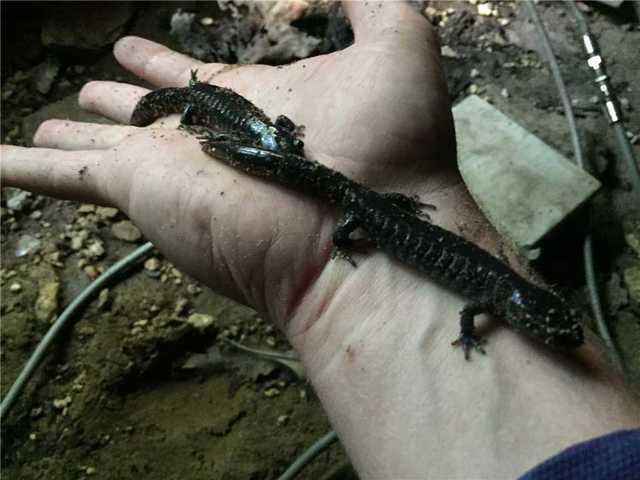
Evidence of pests or rodents
If pests, bugs, rodents or animals can find shelter in your crawl space, the outside air is impacting the space as well!
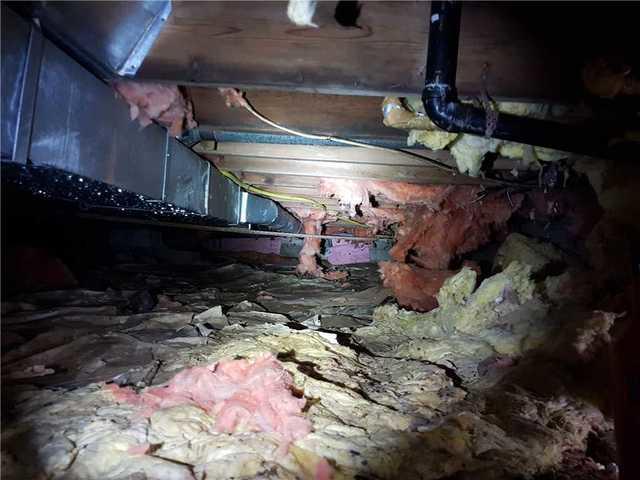
Fibreglass or spray foam insulation in an unencapsulated space
If the crawl space is not entirely sealed with its humidity levels regulated, fiberglass will absorb moisture and will fail completely, often falling the ground. If spray foam insulation is applied to a damp environment, moisture gets trapped between the foam and the foundation wall, lending to mould growth and wood rot.

